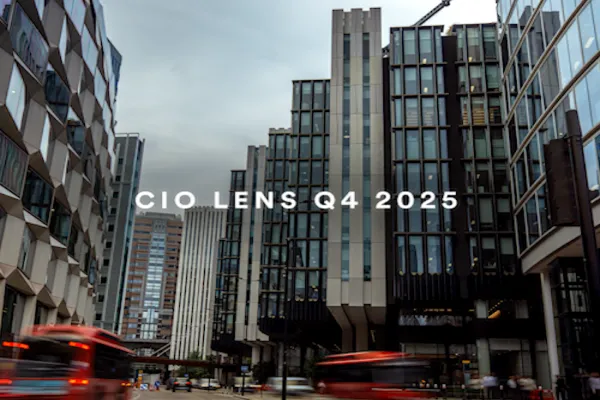Stubbornly high interest rates and inflation are among the macro issues putting a major crimp in the comeback of the private equity market, according to a Bain & Co. report on private equity activity during the first half of 2024.
Not only is it harder to sell portfolio companies, said Bain, but those companies inside funds are under strain and taxing their owners. “Fighting fires within portfolios consumes the time, energy, and confidence of both operating and senior investment professionals, which tends to check new activity,” the consultancy reported.
At the same time, “the interest rate spike has raised the stakes of holding an asset longer,” Bain said. “Not only are balance sheets under pressure from the rising cost of adjustable-rate loans, but the outlook for many assets has become less certain in the inflationary environment. Getting a clear picture of how much strain portfolios might be under has gotten more difficult as private debt plays an ever-greater role in financing buyouts.”
Bain reported that the number of buyout deals through May 15 was down 4 percent globally on an annualized basis compared with 2023.
The good news is that the slide in deals, exits, and funds closed — which has been going on for two years — slowed in the first half of 2024,” Bain said.
Global deal value is expected to rise about 18 percent this year, to $521 billion, but Bain said bigger deals — the average size is up $758 million to $916 million — are responsible for the jump in value, “not more deals.”
“Activity remained tentative and momentum scarce,” it added. The macro environment is probably the biggest hurdle to closing transactions, according to Bain.
While rates haven’t risen, they also have not declined, which many predicted would happen in 2024. Meanwhile, Bain said the “the yield curve is still inverted, inflation-driven prices are still too high (way too high if you factor in financing costs), and ongoing geopolitical uncertainty in the Middle East, Ukraine, and China continues to rattle nerves. The looming U.S. presidential election, meanwhile, only dials up the uncertainty.”
Bain said that private equity firms fear that an unsuccessful attempt to monetize a portfolio company in such an uncertain environment “may fall short and leave the firm with a potentially tainted asset.”
As a result, management time and resources have been stretched thin as the number of companies held in portfolios has grown, Bain said.
About 40 percent of market participants surveyed by the consultant in March don’t expect dealmaking activity to bounce back “until 2025 or beyond.”
Investors, meanwhile, continue to press for an increased pace of distributions and are only putting new money into a small group of funds, according to Bain.
“The number of funds closed continues to drop precipitously as LPs focus new commitments on a narrowing swath of favored fund managers. In buyouts, the 10 largest funds closed took in 64 percent of total capital raised,” Bain reported.
“General partners who can’t shepherd portfolio companies to attractive outcomes may face a shakeout,” it predicted.
Bain noted that private equity firms are “getting creative with strategies like coinvestment and continuation funds, hoping to wait out the downturn. “But if history is any guide, the wait may be a long one,” Bain suggested. “Fundraising doesn’t bounce back immediately when exits and distributions improve. It typically takes 12 months or more for a boost in exits to produce a turnaround in fundraising totals. That means, even if dealmaking picks up this year, it could take until 2026 before the fundraising environment really improves.”







